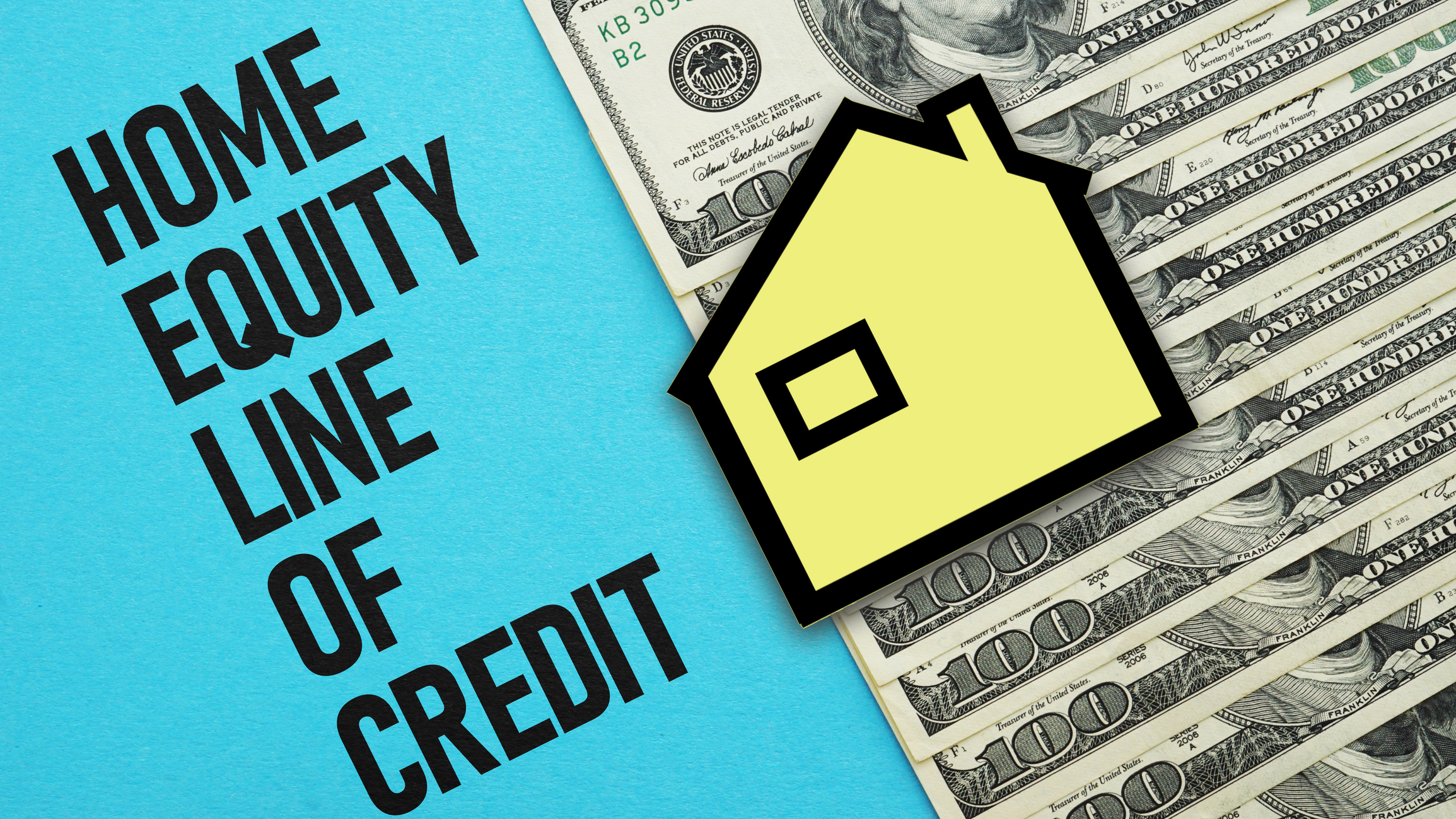The States Facing the Biggest Electric Bill Increases in 2025
From aging infrastructure to soaring energy demand, prices are rising fast. Here’s where costs are climbing most and what you can do about it.


If your eyebrows furrow when your energy bill arrives, you're not alone. The average household energy bill jumped by 5.5% from last year, with some areas seeing double-digit spikes.
Why are prices rising so much? There are many reasons. The arms race surrounding the development of generative AI projects is expected to increase the production of energy-consuming data centers by 50% by 2027. That number could grow to 165% by 2030, according to Goldman Sachs.
Furthermore, we're encountering increased fuel costs, and energy companies are requesting rate hikes to maintain their aging infrastructure. Combined, it's a recipe that will continue to drive electric prices higher. Here's a look at the areas hardest hit by the spikes and ways you can keep your costs in line without sacrificing comfort.
From just $107.88 $24.99 for Kiplinger Personal Finance
Become a smarter, better informed investor. Subscribe from just $107.88 $24.99, plus get up to 4 Special Issues

Sign up for Kiplinger’s Free Newsletters
Profit and prosper with the best of expert advice on investing, taxes, retirement, personal finance and more - straight to your e-mail.
Profit and prosper with the best of expert advice - straight to your e-mail.
Which areas had the highest electricity bill increases?
Using monthly EIA data from January 2024 to December 2025, the Joint Economic Committee Minority identified where electric bills are rising fastest. Here’s a look at the hardest-hit states:
State/area | 2024 electricity averages per household | 2025 projected electric costs per household | Difference in annual spending | % difference in annual spending |
|---|---|---|---|---|
District of Columbia | $1,360 | $1,660 | $300 | 22.10% |
Indiana | $1,600 | $1,860 | $260 | 16.30% |
Illinois | $1,320 | $1,520 | $200 | 15.20% |
Tennessee | $1,720 | $1,970 | $250 | 14.50% |
New Jersey | $1,540 | $1,750 | $210 | 13.60% |
Washington | $1,360 | $1,540 | $180 | 13.20% |
Maine | $1,600 | $1,800 | $200 | 12.50% |
Massachusetts | $2,010 | $2,260 | $250 | 12.40% |
Kentucky | $1,610 | $1,800 | $190 | 11.80% |
New York | $1,670 | $1,860 | $190 | 11.40% |
When analyzing the states with the most significant electricity bill increases, the data points to several common factors driving costs higher.
Several states on the list, including Massachusetts, Maine, New York, New Jersey and Illinois, rely on older grid infrastructure that requires costly upgrades, and utility providers often pass those costs to consumers.
Some states depend on imported electricity, which exposes households to higher wholesale prices during periods of strong demand. Places like Washington D.C., which imports nearly all of its power, are especially vulnerable to these pricing shifts.
Other states, including Tennessee, Indiana and Kentucky, are experiencing rising demand due to population growth, expanding industry and increasingly extreme weather. Hot summers and cold winters strain local grids and increase household usage, which magnifies the effect of any rate increase.
Overall, the committee found that electric bills rose by 5.8%, with the average household paying an extra $100 per year.

How can I make my home more energy-efficient?
While there are many factors outside of your control when it comes to your energy rate, there are a few things you can do to ensure you're maximizing efficiency without sacrificing comfort. Before you make any adjustments, consider this.
Do you live in an area with deregulated electricity? If so, you have your choice of electric suppliers, where you can set up and lock in a fixed-rate plan for years. Doing this helps you keep costs down by preventing rate hikes from happening.
Meanwhile, if you're on a variable rate plan, your costs can change monthly, depending on pricing, energy load demand and other factors, which makes you more at the mercy of your provider.
Along with this, the following are some simple tips to help you lower your home's energy usage.
Give your home an energy check-up
A home energy audit is like a physical for your home. An energy auditor will inspect your home and suggest improvements to maximize its efficiency, such as sealing drafty doors, adding insulation or lowering the temperature on your water heater.
A home energy audit will run you at least several hundred dollars, depending on the size of your home, but implementing the changes can save you up to 30% on your energy bills, making it well worth the investment. Energy audits can also qualify for the Energy Efficient Home Improvement Credit; however, you must act fast, as it expires on December 31.
Where can you find home energy auditors? You can check with your local utility or contact your state's weatherization administrator. Once you find one, ask for references and check their reviews if available.
Improve your home's energy IQ
When we bought our home, it hadn't been updated much since the Golden Girls made their TV debut. As such, we replaced an outdated thermostat with a smart one. Doing that alone made a huge difference, as our bill lowered by $15 monthly.
Below are a few options you can find on Amazon:



What makes it such a convenient tool is that you can set the temperature more efficiently when you're not home, such as eight degrees cooler in the winter, so it doesn't tax your HVAC as much.
One thing to keep in mind with smart thermostats is that not all play well with internet routers.
You can check compatibility with manufacturers like Ecobee and Google Nest before making a purchase.
Bench underperforming appliances
Appliances wear with age and lose their peak effectiveness. As such, if you have a water heater that's 20 years old, it won't offer the same efficiency as a new model.
Replacing your old water heater with a tankless one is smart because tankless water heaters only heat water as needed. The U.S. Department of Energy notes that tankless water heaters can save you up to 34% on your energy costs.
You can double those savings with the Energy Efficient Home Improvement Credit. The credit provides homeowners with a 30% tax credit on project costs up to a $600 benefit. Again, you'll want to act fast, as the credit expires on December 31.
The takeaway on reducing your energy costs
Energy prices are rising nationwide, with some locales experiencing double-digit spikes. With increased demand in data centers, coupled with utilities requesting price hikes to maintain their infrastructure, these spikes are the new normal moving forward.
That's why it's imperative to be proactive in improving your home's energy efficiency. By doing some of these suggestions, you can avoid some of the price spikes and save hundreds of dollars per year, without sacrificing comfort.
Related content
Profit and prosper with the best of Kiplinger's advice on investing, taxes, retirement, personal finance and much more. Delivered daily. Enter your email in the box and click Sign Me Up.

Sean is a veteran personal finance writer, with over 10 years of experience. He's written finance guides on insurance, savings, travel and more for CNET, Bankrate and GOBankingRates.
-
 I'm retired with $2.2 million saved and work 2 retail shifts a week for fun. My young colleague just got her hours cut, and I don't need the money. Should I quit so she can have my shifts?
I'm retired with $2.2 million saved and work 2 retail shifts a week for fun. My young colleague just got her hours cut, and I don't need the money. Should I quit so she can have my shifts?We asked certified financial planners for advice.
-
 Could an Annuity Be Your Retirement Safety Net?
Could an Annuity Be Your Retirement Safety Net?More people are considering annuities to achieve tax-deferred growth and guaranteed income, but deciding if they are right for you depends on these key factors.
-
 Older Taxpayers: Don't Miss This Hefty (Temporary) Tax Break
Older Taxpayers: Don't Miss This Hefty (Temporary) Tax BreakIf you're age 65 or older, you can claim a "bonus" tax deduction of up to $6,000 through 2028 that can be stacked on top of other deductions.
-
 CD vs. Money Market: Where to Put Your Year-End Bonus Now
CD vs. Money Market: Where to Put Your Year-End Bonus NowFalling interest rates have savers wondering where to park cash. Here's how much $10,000 earns in today's best CDs versus leading money market accounts.
-
 Meet the World's Unluckiest — Not to Mention Entitled — Porch Pirate
Meet the World's Unluckiest — Not to Mention Entitled — Porch PirateThis teen swiped a booby-trapped package that showered him with glitter, and then he hurt his wrist while fleeing. This is why no lawyer will represent him.
-
 Smart Business: How Community Engagement Can Help Fuel Growth
Smart Business: How Community Engagement Can Help Fuel GrowthAs a financial professional, you can strengthen your brand while making a difference in your community. See how these pros turned community spirit into growth.
-
 Smart Money Moves Savers Should Make in 2026
Smart Money Moves Savers Should Make in 2026These steps will get you on the road to achieving your 2026 savings goals.
-
 How Much Would a $50,000 HELOC Cost Per Month?
How Much Would a $50,000 HELOC Cost Per Month?Thinking about tapping your home’s equity? Here’s what a $50,000 HELOC might cost you each month based on current rates.
-
 My First $1 Million: Self-Employed Trader, 50, San Francisco
My First $1 Million: Self-Employed Trader, 50, San FranciscoEver wonder how someone who's made a million dollars or more did it? Kiplinger's My First $1 Million series uncovers the answers.
-
 Waiting for Retirement to Give to Charity? Here Are 3 Reasons to Do It Now, From a Financial Planner
Waiting for Retirement to Give to Charity? Here Are 3 Reasons to Do It Now, From a Financial PlannerYou could wait until retirement, but making charitable giving part of your financial plan now could be far more beneficial for you and the causes you support.
-
 Are You Ghosting Your Finances? What to Do About Your Money Stress
Are You Ghosting Your Finances? What to Do About Your Money StressAvoidance can make things worse. You can change your habits by starting small, talking with a family member or friend and being consistent and persistent.